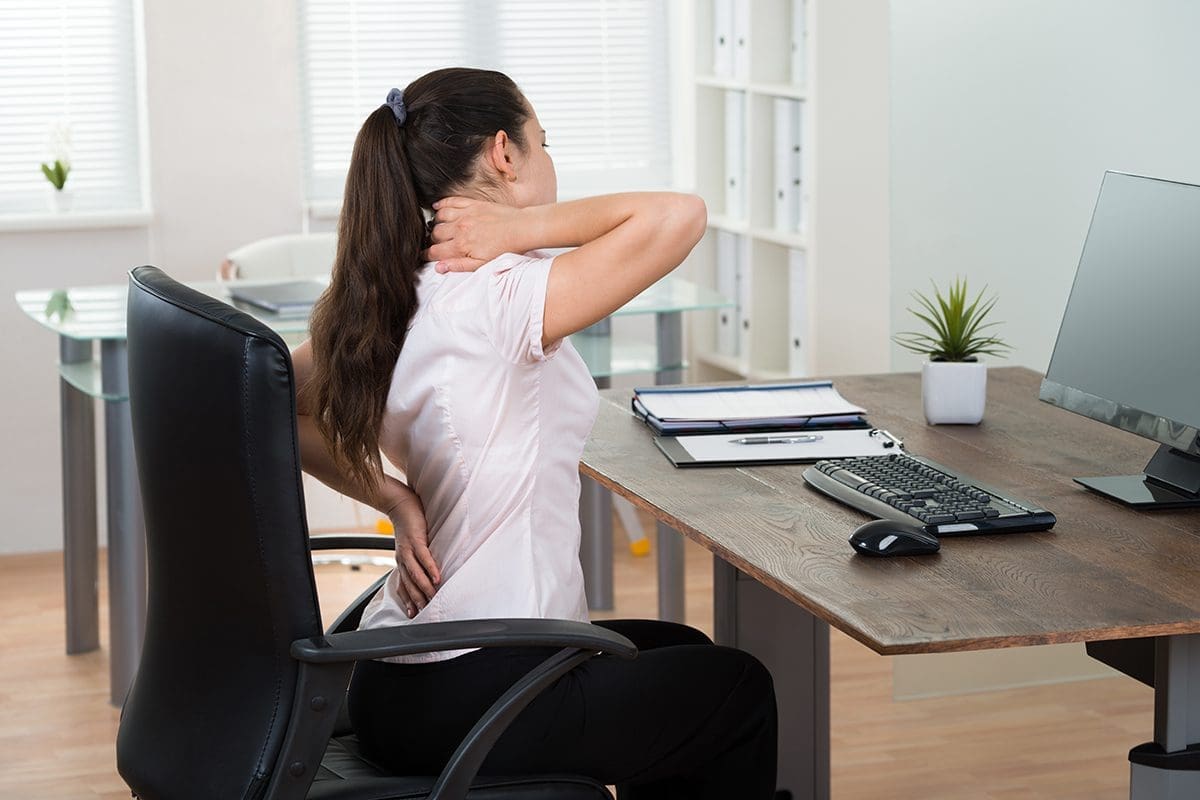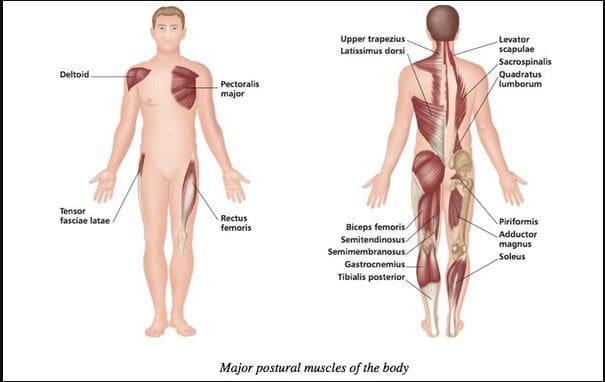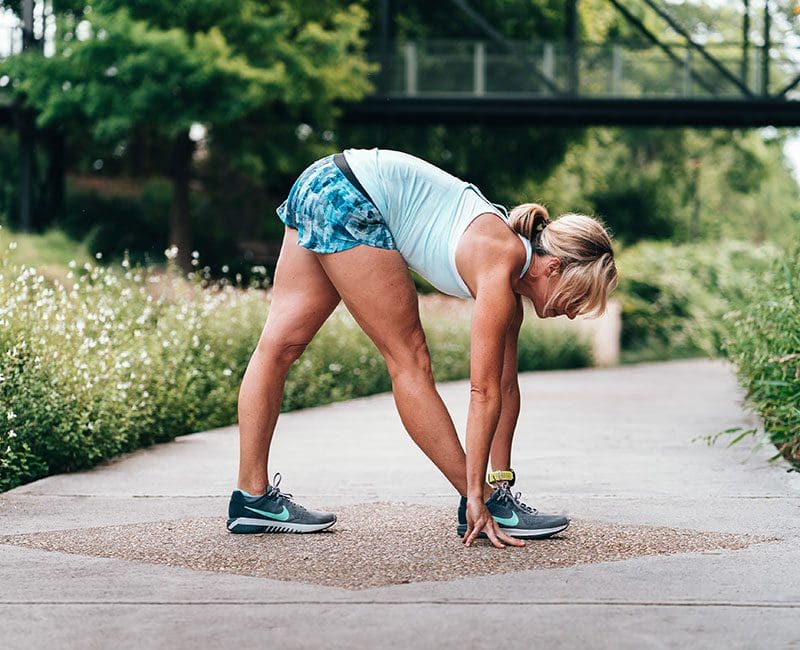Table of Contents
Introduction
Many of us are moving around from one location to another. When we are on our feet all the time, it can cause the muscles of the lower extremity to become tight and ache that we need to sit down and rest. When the body is resting, our posture tends to be hunched over, and it causes the postural muscles to over-stretch and cause pain when we get up from our rested position. Whether sitting on the couch or a chair, our posture tends to be reclined where it may seem comfortable, but it causes pain to our musculoskeletal system in our neck, shoulders, and back. To that point, when we get out of the reclined position, it can also affect the legs, calves, and feet. Today’s article focuses on the postural muscles, how postural pain affects the gastrocnemius-soleus muscles, and how MET treatment can help the postural muscles. We utilize valuable information about our patients to certified medical providers using MET treatment to mitigate postural effects on the musculoskeletal system. We encourage and refer patients to associated medical providers based on their diagnosis while supporting that education is a remarkable and fantastic way to ask our providers the essential questions at the patient’s acknowledgment. Dr. Alex Jimenez, D.C., comprises this information as an educational service. Disclaimer
What Are The Postural Muscles?
Have you been dealing with low back pain? What about feeling a tingling or numbing sensation down your calves or feet? Or do your back muscles constantly ache from sitting down for long periods? Many of these are signs and symptoms that you are experiencing pain in your postural muscles. Studies reveal that the postural muscles interact between the musculoskeletal system and the central nervous system’s afferent and efferent pathways. In the human body, three curves maintain mobility, stability, and balance to resist longitudinal pressures: cervical, thoracic, and lumbar. The postural muscles work with the lower body extremities to support the weight of the upper body extremities. Additional research shows that postural stability and balance control are interlinked with a dynamic process and allow the muscles in the lower portions of the body, like the legs and calf, to help stabilize the upper body’s weight. We will look at the gastrocnemius and soleus muscles as they help maintain good posture, balance, and stability.
Postural Pain Affects The Gastrocnemius-Soleus Muscles
Repetitive motions associated with environmental factors can cause the gastrocnemius and soleus muscles to shorten and cause symptoms of muscle weakness, cramping, and instability in calves and legs. The gastrocnemius and soleus muscles have a beautiful relationship as they help form the calf muscles that allow movement and stability to the entire body. Now how would postural pain affect these muscles? According to research studies, when numerous factors start to affect the body’s posture, whether it is prolonged standing, sitting, bending, twisting, or awkward positions, it causes muscle strain to the body, and it can cause negative effects on the surrounding muscles. For example, say you are in an awkward position and start to feel a numbing sensation down to your legs and low back pain. When you release your body from the uncomfortable position, the blood flow and neuron signals will go haywire as the blood tries to get the muscles working again, and the signals are trying to reach back to the brain.
The Root Cause Of Pain- Video
Do your legs feel heavy constantly? Are you experiencing balancing issues when walking? Or have you been experiencing pain in your lower back, and it’s traveling down to your legs? If you are dealing with these issues, it could result from postural pain associated with your calves’ gastrocnemius and soleus muscles. Poor posture causes numerous pain-like symptoms, leading to muscle weakness or numbness in the legs and calves. When this happens, it can lead to instability and mobility issues that can turn into chronic conditions if not treated immediately. The video above explains how numerous factors can cause pain, leading to underlying musculoskeletal conditions that can cause the body to be misaligned. Luckily all is not lost, as there are multiple treatments to reduce pain and realign the body out of subluxation. Treatments like MET therapy, chiropractic care, and physical and nutritional therapy can help many individuals with pain-like symptoms. They can help stretch, lengthen, and reduce the effects of postural pain.
MET Treatment On The Postural Muscles
When it comes to reducing pain in the postural muscles, many individuals will find ways to treat the pain. In “Clinical Applications of Neuromuscular Techniques,” authors Leon Chaitow, N.D., D.O., and Judith Walker Delany, L.M.T., state that when it comes to reducing pain in both the gastrocnemius and soleus muscles, many pain specialists use muscle energy techniques or MET to help treat the soft tissues that surround the calves by using stretching techniques and isometric contractions to lengthen the shortened muscles that are causing the calves to cramp. Utilizing MET treatment on the postural muscles allows the affected muscles to be stretched gently and, combined with other therapies, can prevent future injuries from reoccurring. Additionally, it will enable the individual to be more mindful of their posture to avoid these issues from escalating.
Conclusion
Overall, it is important to ensure that having a good posture can prevent issues from affecting the lower portions of the body and causing pain in the calf muscles. When the calf muscles begin to deal with pain, it can cause the individual to be unstable and lose their balance. Incorporating soft tissue therapies like MET allow the muscles to be stretched and relaxed while restoring blood flow to the legs and help many individuals walk without feeling pain.
References
Carini, Francesco, et al. “Posture and Posturology, Anatomical and Physiological Profiles: Overview and Current State of Art.” Acta Bio-Medica : Atenei Parmensis, 28 Apr. 2017, www.ncbi.nlm.nih.gov/pmc/articles/PMC6166197/.
Chaitow, Leon, and Judith Walker DeLany. Clinical Applications of Neuromuscular Techniques. Churchill Livingstone, 2003.
Ludwig, Oliver, et al. “Neuromuscular Performance of Balance and Posture Control in Childhood and Adolescence.” Heliyon, 31 July 2020, www.ncbi.nlm.nih.gov/pmc/articles/PMC7398941/.
Swain, Christopher T V, et al. “No Consensus on Causality of Spine Postures or Physical Exposure and Low Back Pain: A Systematic Review of Systematic Reviews.” Journal of Biomechanics, 26 Mar. 2020, pubmed.ncbi.nlm.nih.gov/31451200/.
Disclaimer
Post Disclaimer
Professional Scope of Practice *
The information herein on "MET Treatment Of The Postural Muscles" is not intended to replace a one-on-one relationship with a qualified health care professional or licensed physician and is not medical advice. We encourage you to make healthcare decisions based on your research and partnership with a qualified healthcare professional.
Blog Information & Scope Discussions
Welcome to El Paso's Wellness blog, where Dr. Alex Jimenez, DC, FNP-C, a board-certified Family Practice Nurse Practitioner (FNP-C) and Chiropractor (DC), presents insights on how our team is dedicated to holistic healing and personalized care. Our practice aligns with evidence-based treatment protocols inspired by integrative medicine principles, similar to those found on dralexjimenez.com, focusing on restoring health naturally for patients of all ages.
Our areas of chiropractic practice include Wellness & Nutrition, Chronic Pain, Personal Injury, Auto Accident Care, Work Injuries, Back Injury, Low Back Pain, Neck Pain, Migraine Headaches, Sports Injuries, Severe Sciatica, Scoliosis, Complex Herniated Discs, Fibromyalgia, Chronic Pain, Complex Injuries, Stress Management, Functional Medicine Treatments, and in-scope care protocols.
Our information scope is limited to chiropractic, musculoskeletal, physical medicine, wellness, contributing etiological viscerosomatic disturbances within clinical presentations, associated somato-visceral reflex clinical dynamics, subluxation complexes, sensitive health issues, and functional medicine articles, topics, and discussions.
We provide and present clinical collaboration with specialists from various disciplines. Each specialist is governed by their professional scope of practice and their jurisdiction of licensure. We use functional health & wellness protocols to treat and support care for the injuries or disorders of the musculoskeletal system.
Our videos, posts, topics, subjects, and insights cover clinical matters, issues, and topics that relate to and directly or indirectly support our clinical scope of practice.*
Our office has reasonably attempted to provide supportive citations and has identified the relevant research studies or studies supporting our posts. We provide copies of supporting research studies available to regulatory boards and the public upon request.
We understand that we cover matters that require an additional explanation of how they may assist in a particular care plan or treatment protocol; therefore, to discuss the subject matter above further, please feel free to ask Dr. Alex Jimenez, DC, APRN, FNP-BC, or contact us at 915-850-0900.
We are here to help you and your family.
Blessings
Dr. Alex Jimenez DC, MSACP, APRN, FNP-BC*, CCST, IFMCP, CFMP, ATN
email: coach@elpasofunctionalmedicine.com
Licensed as a Doctor of Chiropractic (DC) in Texas & New Mexico*
Texas DC License # TX5807
New Mexico DC License # NM-DC2182
Licensed as a Registered Nurse (RN*) in Texas & Multistate
Texas RN License # 1191402
ANCC FNP-BC: Board Certified Nurse Practitioner*
Compact Status: Multi-State License: Authorized to Practice in 40 States*
Graduate with Honors: ICHS: MSN-FNP (Family Nurse Practitioner Program)
Degree Granted. Master's in Family Practice MSN Diploma (Cum Laude)
Dr. Alex Jimenez, DC, APRN, FNP-BC*, CFMP, IFMCP, ATN, CCST
My Digital Business Card




